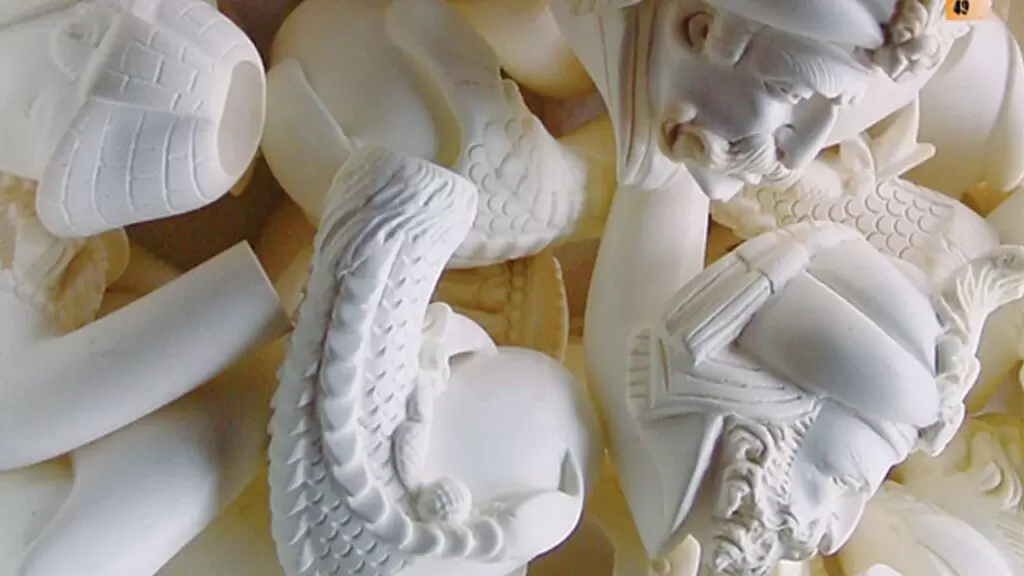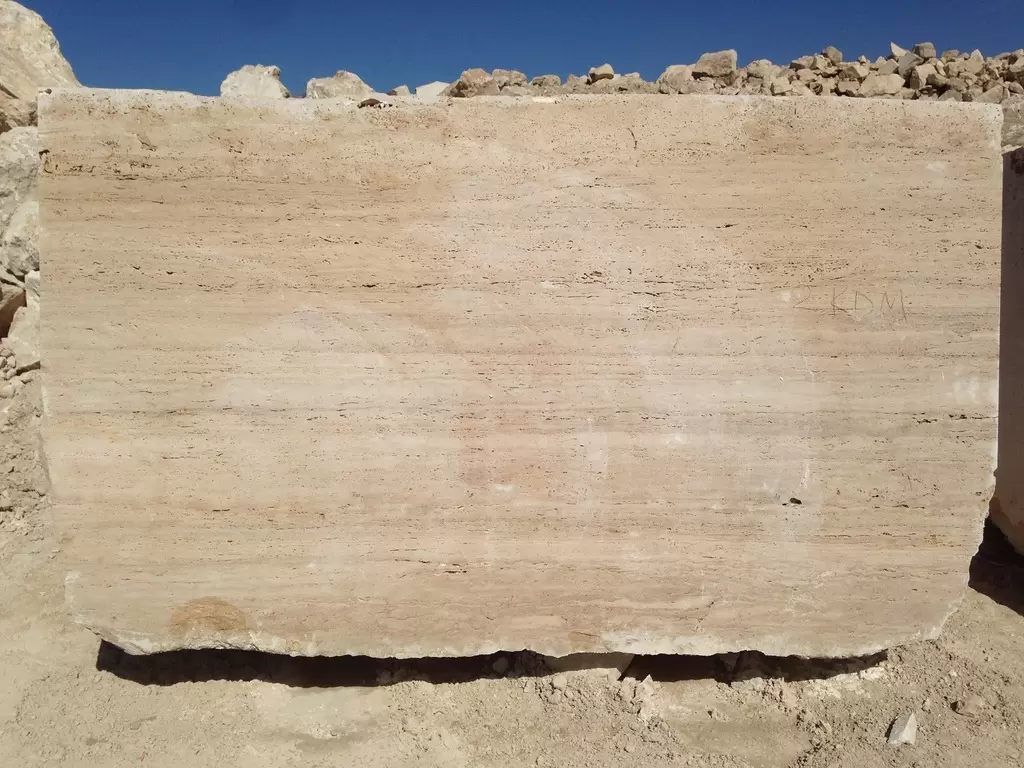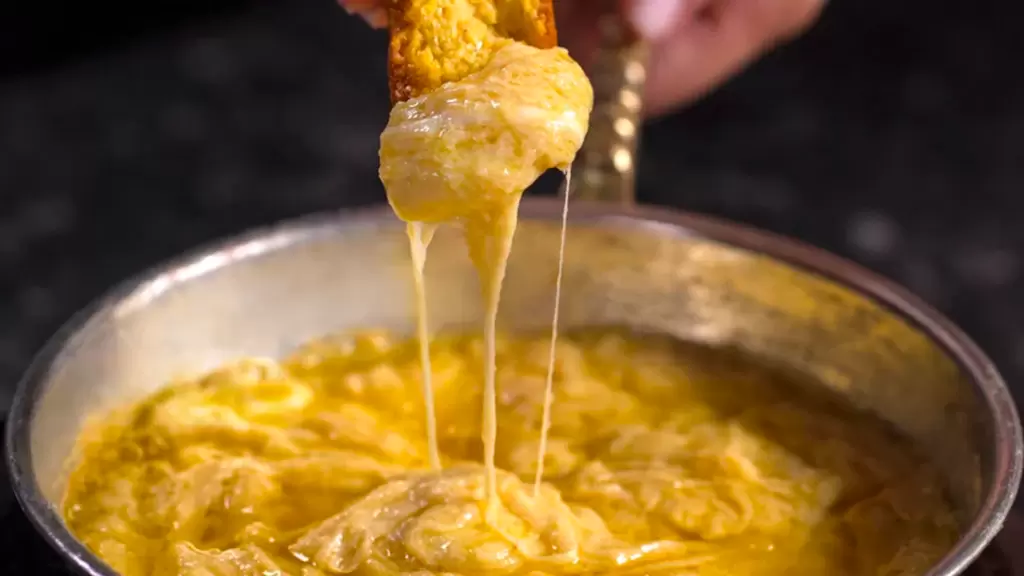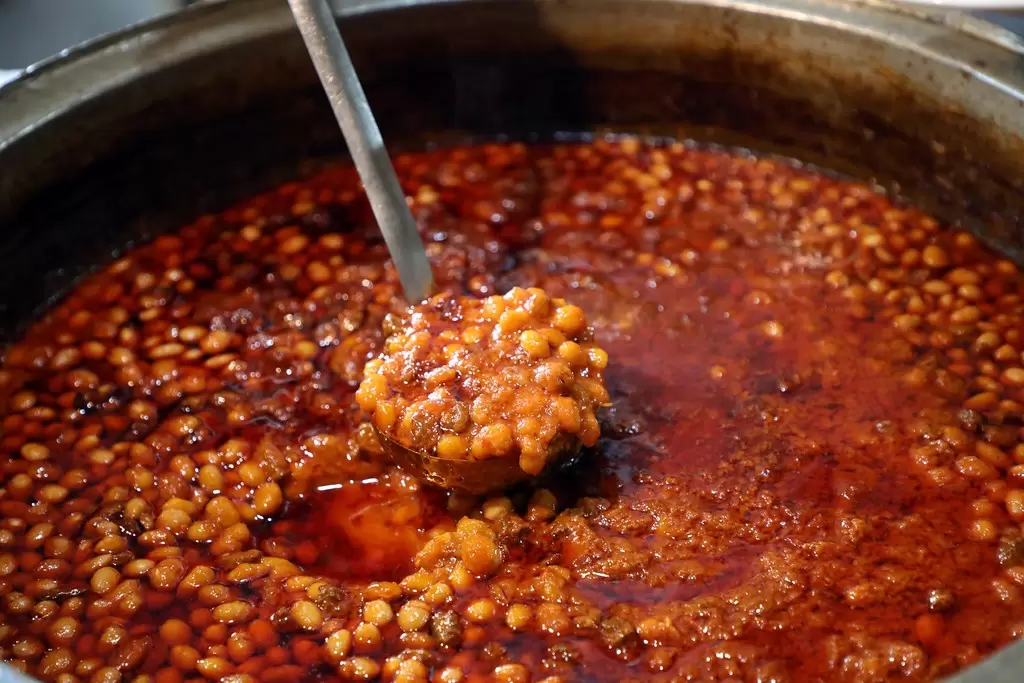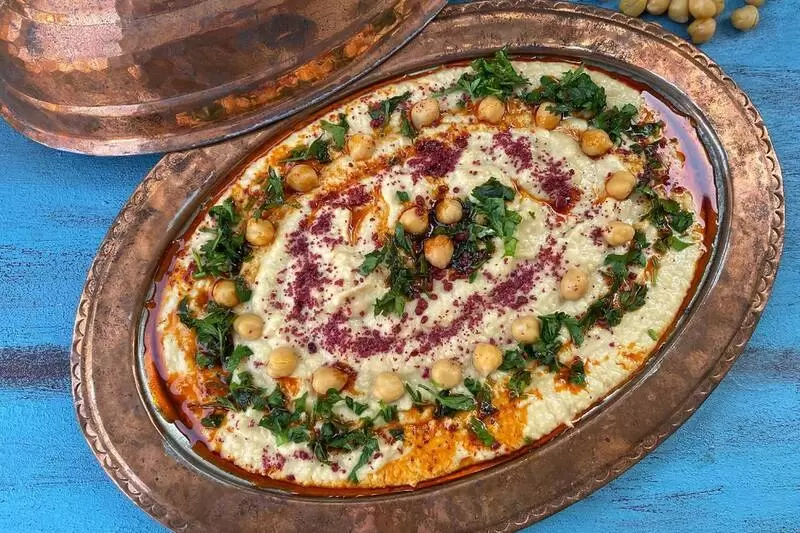
Tarsus Hummus
Tarsus Hummus is a celebrated regional delicacy originating from Tarsus, Mersin, known for its deep cultural roots and unique preparation techniques. First crafted in the 1920s, Tarsus Hummus has become a symbol of the region's culinary identity, enriched by local traditions and ingredients. Its preparation method, distinctive texture, and serving style distinguish it from other types of hummus, making it a standout in Turkish gastronomy.
Ayırt Edici Özellikler
-
Traditional Preparation Method:
- Tarsus Hummus is made by mashing cooked chickpeas in a copper bowl using a pestle, a method that preserves the dish's coarse texture. This technique not only enhances the flavor but also gives it a unique consistency, setting it apart from smoother hummus varieties.
- The mashing process in copper bowls ensures even texture and the optimal blending of flavors, emphasizing the importance of traditional tools.
-
Local Ingredients:
- Chickpeas: The dish is prepared using high-quality, locally sourced chickpeas, which are boiled to perfection before being mashed.
- Tahini: Tahini made from sesame seeds harvested in the Çukurova region adds a rich, nutty flavor to the dish. The sesame seeds are processed locally to ensure maximum freshness and authenticity.
- Seasonings: Fresh garlic, lemon juice, and regional spices such as cumin and red chili flakes create a vibrant and aromatic flavor profile.
- Butter and Chili Flakes: The hummus is topped with sizzling butter infused with chili flakes, giving it a warm, spicy finish.
-
Signature Texture:
- Unlike other hummus varieties, Tarsus Hummus retains a pürüzlü (coarse) texture, where the chickpeas are mashed just enough to hold their structure. This texture adds a satisfying bite and sets it apart as a unique dish.
-
Serving Style:
- Tarsus Hummus is served hot, a characteristic feature that enhances the dish's flavors. The warm butter topping, often combined with optional garnishes like pastrami, creates a rich and indulgent experience.
- It is traditionally accompanied by freshly baked bread or pita, allowing diners to enjoy the hummus as a comforting and hearty meal.
-
Cultural Significance:
- The dish plays a central role in local festivals, such as the "Eshab-ı Kehf’te Hıdırellez Günleri," where Tarsus Hummus competitions are held to showcase the skill and expertise of local cooks. These events preserve and celebrate the cultural heritage associated with the dish.
-
Skillful Craftsmanship:
- The preparation of Tarsus Hummus requires expertise, particularly in achieving the perfect viscosity. The process demands careful attention to ensure the balance of flavors and the desired consistency, which highlights the culinary skill involved.
How It Is Made
-
Preparation of Chickpeas:
- Chickpeas are soaked and boiled until tender. They are then placed in a copper bowl and mashed using a pestle to achieve the coarse texture that defines Tarsus Hummus.
-
Blending the Ingredients:
- Tahini, freshly squeezed lemon juice, minced garlic, and a blend of spices are added to the mashed chickpeas. The mixture is stirred thoroughly to ensure a balanced flavor.
-
Topping with Butter and Spices:
- Butter is melted and infused with red chili flakes, creating a fragrant topping. This mixture is poured over the hummus, giving it a vibrant, golden-red finish.
-
Optional Garnish:
- Thin slices of pastrami can be added as a garnish for additional richness and depth of flavor.
Why Tarsus Hummus Is Unique
-
Authentic Ingredients:
- The use of locally grown sesame seeds for tahini and regionally sourced chickpeas ensures that Tarsus Hummus reflects the terroir and traditions of Çukurova.
-
Distinctive Texture:
- The coarse texture achieved through traditional mashing techniques provides a unique mouthfeel that enhances the dining experience.
-
Hot Serving Style:
- Unlike most hummus dishes served cold, Tarsus Hummus is enjoyed warm, with its flavors heightened by the addition of hot butter and chili.
-
Cultural Heritage:
- Tarsus Hummus is more than a dish; it is a culinary tradition that connects generations, celebrated through festivals and competitions that emphasize its cultural importance.
-
Masterful Technique:
- The preparation requires a balance of technique and tradition, showcasing the skill of local cooks who maintain its authenticity.
Where to Enjoy Tarsus Hummus
Tarsus Hummus can be found in specialized restaurants in Tarsus, many of which feature it as the sole dish on their menus. These establishments take pride in preserving the traditional methods and flavors, offering visitors an authentic taste of the region.
Conclusion
Tarsus Hummus stands as a testament to the rich culinary heritage of Mersin’s Tarsus district. Its distinctive preparation, bold flavors, and cultural significance make it a must-try dish for food enthusiasts and travelers exploring Turkish cuisine. Whether enjoyed as part of a meal or as a standalone dish, Tarsus Hummus offers a memorable and authentic taste experience that reflects the region’s vibrant history and traditions.










